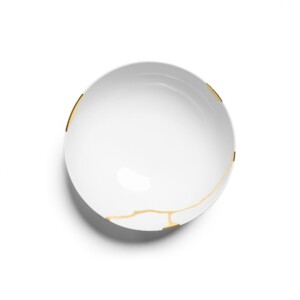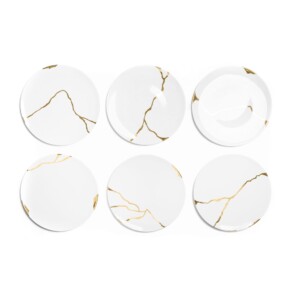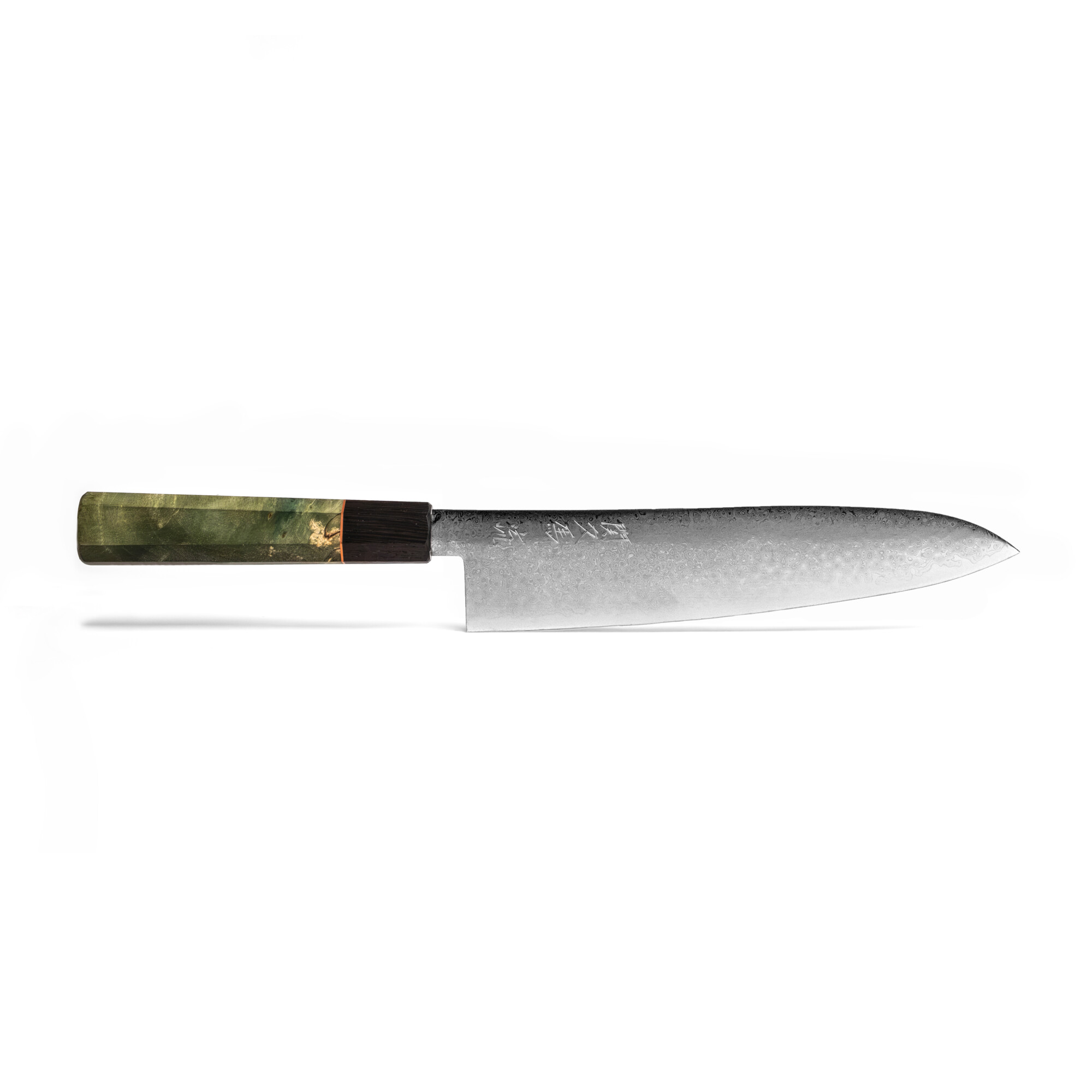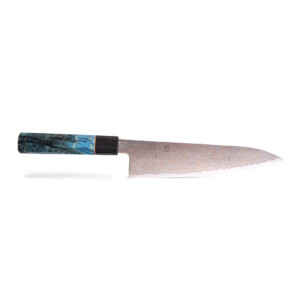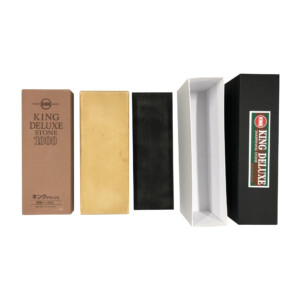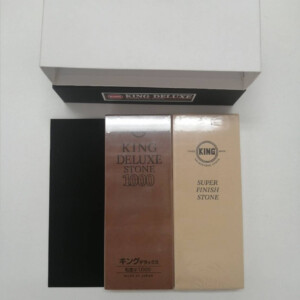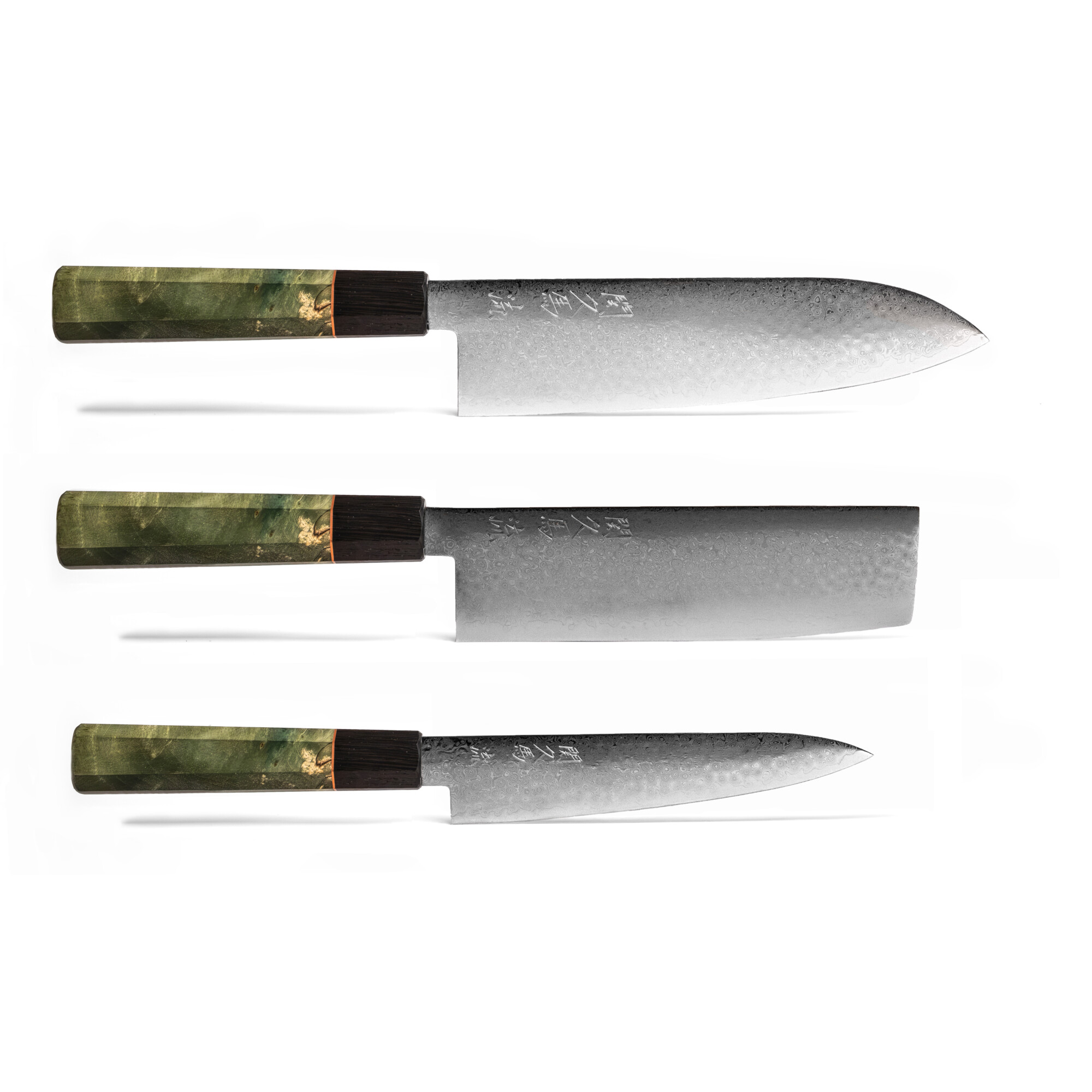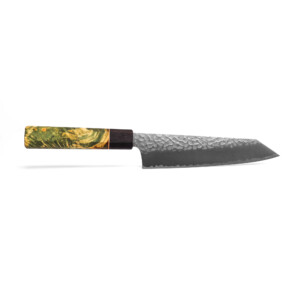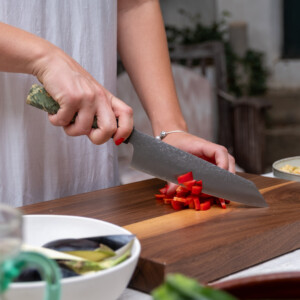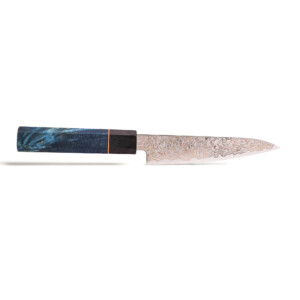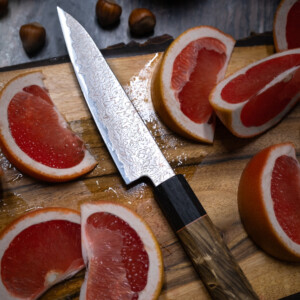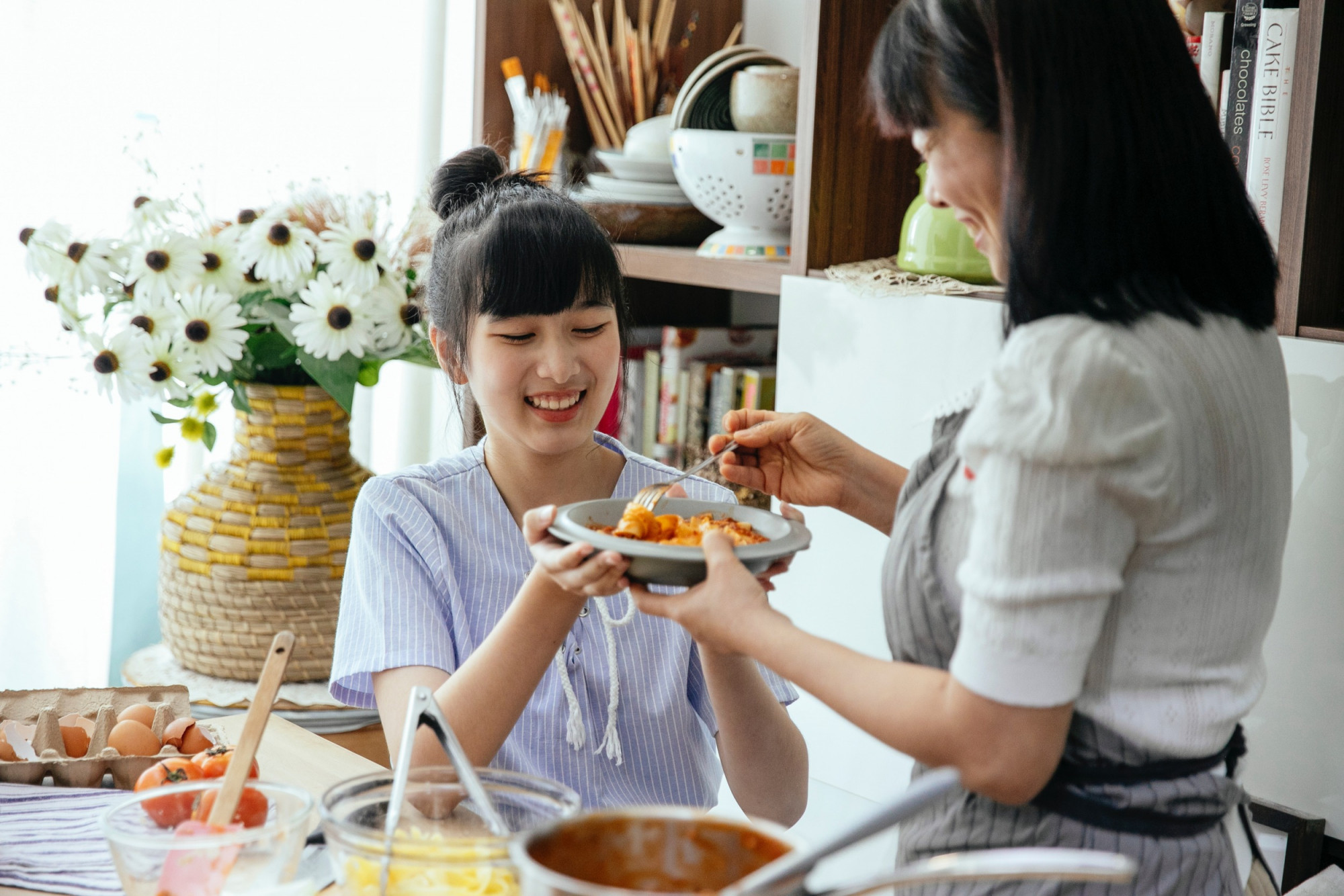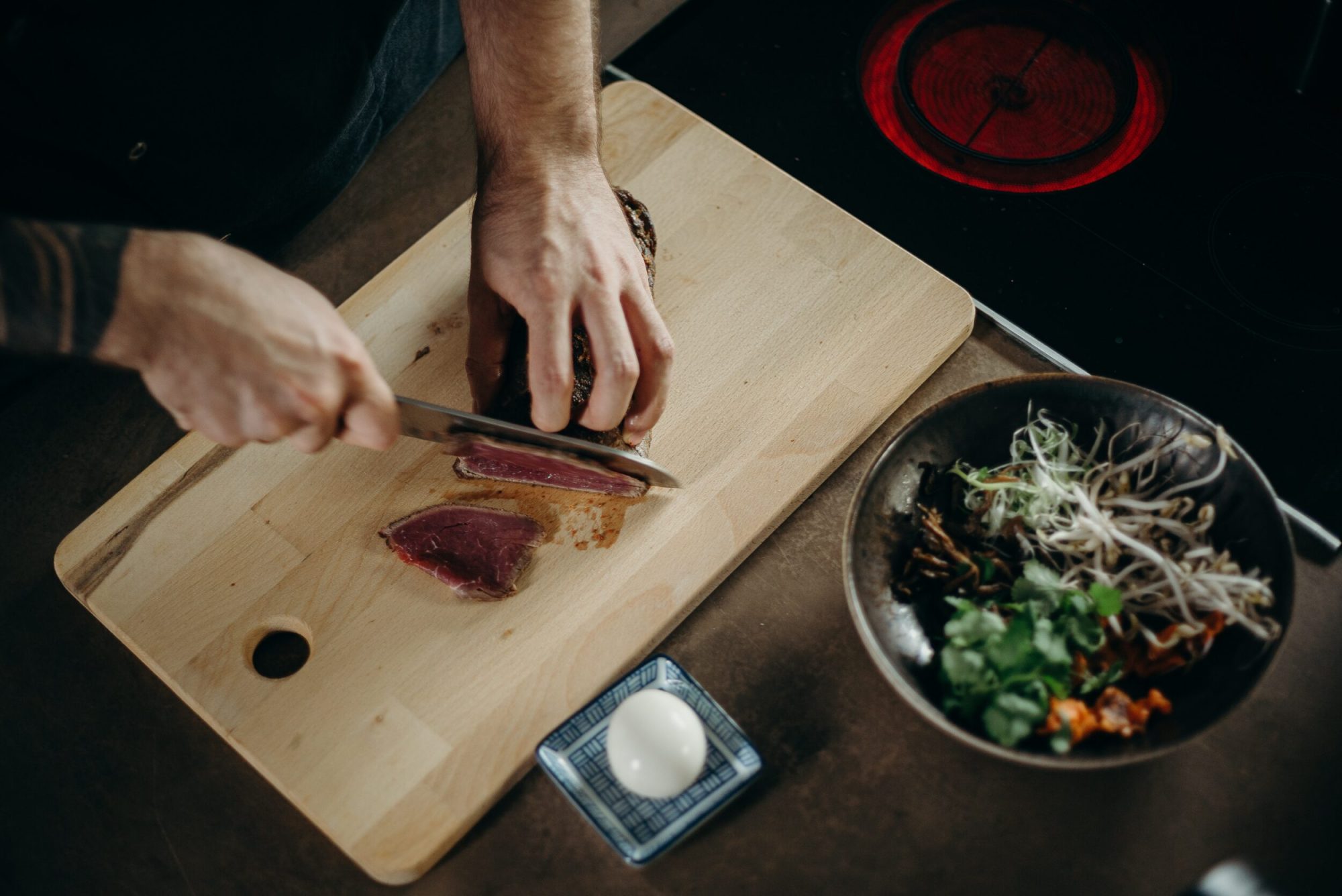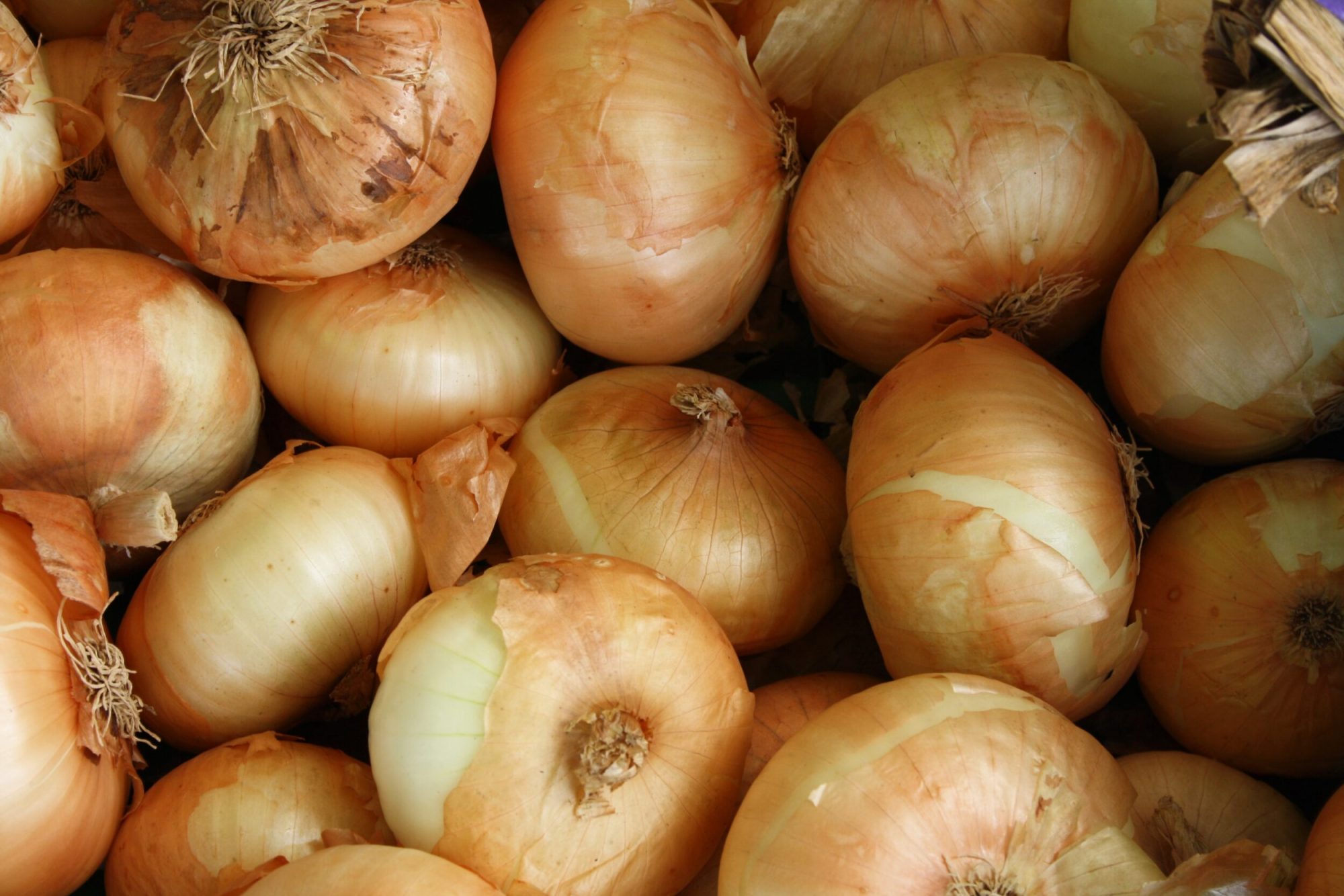Karate, a martial art that originated in Okinawa, Japan, has captivated the hearts and minds of people around the world for centuries. More than just a physical discipline, karate embodies a way of life that focuses on personal growth, self-defense, and the cultivation of a strong mind and body. From its humble beginnings on the small island of Okinawa to its current status as a globally recognized sport, karate has a rich history and a profound impact on those who practice it.
The Origins of Karate
To understand the essence of karate, we must first delve into its roots. Karate, which translates to “empty hand” in Japanese, evolved from the indigenous martial arts of Okinawa, known as “te” or “hand.” These ancient techniques were heavily influenced by Chinese martial arts, particularly those from the Fujian province, due to the close trade relations between Okinawa and China.
In the early days, karate was practiced in secret, as the Okinawan people were prohibited from carrying weapons under Japanese rule. The art was passed down from master to student in a traditional manner, often within families or close-knit communities. It was not until the early 20th century that karate began to gain recognition outside of Okinawa, thanks to the efforts of pioneers like Gichin Funakoshi, who introduced the art to mainland Japan.
The Philosophy of Karate
At its core, karate is a martial art that emphasizes self-defense, discipline, and personal growth. The primary goal of karate is not to inflict harm upon others but to protect oneself and others from harm. This philosophy is reflected in the karate code of conduct, known as the “dojo kun,” which includes principles such as seeking perfection of character, being faithful, endeavoring, respecting others, and refraining from violent behavior.
Karate practitioners, or “karateka,” strive to embody these principles both inside and outside the dojo (training hall). Through regular practice and dedication, karateka develop not only physical strength and skill but also mental fortitude, self-confidence, and a sense of inner peace.
The Techniques of Karate
Karate is a comprehensive martial art that incorporates a wide range of techniques, including strikes, kicks, blocks, and grappling. These techniques are practiced through the execution of kata (pre-arranged forms), kumite (sparring), and kihon (basic techniques).
Kata is a series of predetermined movements that simulate combat situations. Each kata has a specific purpose and is designed to teach karateka proper form, balance, and power. By practicing kata regularly, karateka develop muscle memory, allowing them to execute techniques with precision and speed.
Kumite, or sparring, is the practical application of karate techniques against an opponent. In kumite, karateka learn to adapt their techniques to real-world situations, developing timing, distance control, and strategic thinking. Kumite can be practiced in various forms, from basic drills to full-contact competitions.
Kihon, or basic techniques, form the foundation of karate. These include stances, punches, kicks, and blocks. By mastering these fundamental techniques, karateka build a solid base upon which to develop more advanced skills.
The Weapons of Karate
While karate primarily focuses on empty-hand techniques, some styles also incorporate the use of weapons. The most common weapons in karate are the bo (staff), sai (truncheon), and nunchaku (flail). These weapons were traditionally used by Okinawan farmers and fishermen for self-defense, as they were prohibited from carrying swords or other bladed weapons under Japanese rule.
The use of weapons in karate requires a high level of skill and discipline, as they can be dangerous if not handled properly. Karateka who choose to study weapons must learn not only how to wield them effectively but also how to maintain and care for them. This attention to detail and respect for one’s tools is reminiscent of the reverence shown by Japanese craftsmen, such as those who create the exquisite knives available through Oishya, which are known for their exceptional quality and craftsmanship.
The Belt System in Karate
One of the most recognizable aspects of karate is the belt system, which denotes a practitioner’s level of skill and experience. The belt colors vary depending on the style of karate, but the most common progression is white, yellow, green, blue, brown, and black.
The white belt represents a beginner, someone who is just starting their journey in karate. As karateka progress through the ranks, they earn new belt colors, each representing a higher level of skill and knowledge. The black belt, often seen as the ultimate goal in karate, signifies a high level of mastery and proficiency.
However, earning a black belt is not the end of the journey. In fact, it is often considered the beginning of a new chapter, as karateka continue to refine their techniques, deepen their understanding of the art, and pass on their knowledge to the next generation.
The greetings and Bowing
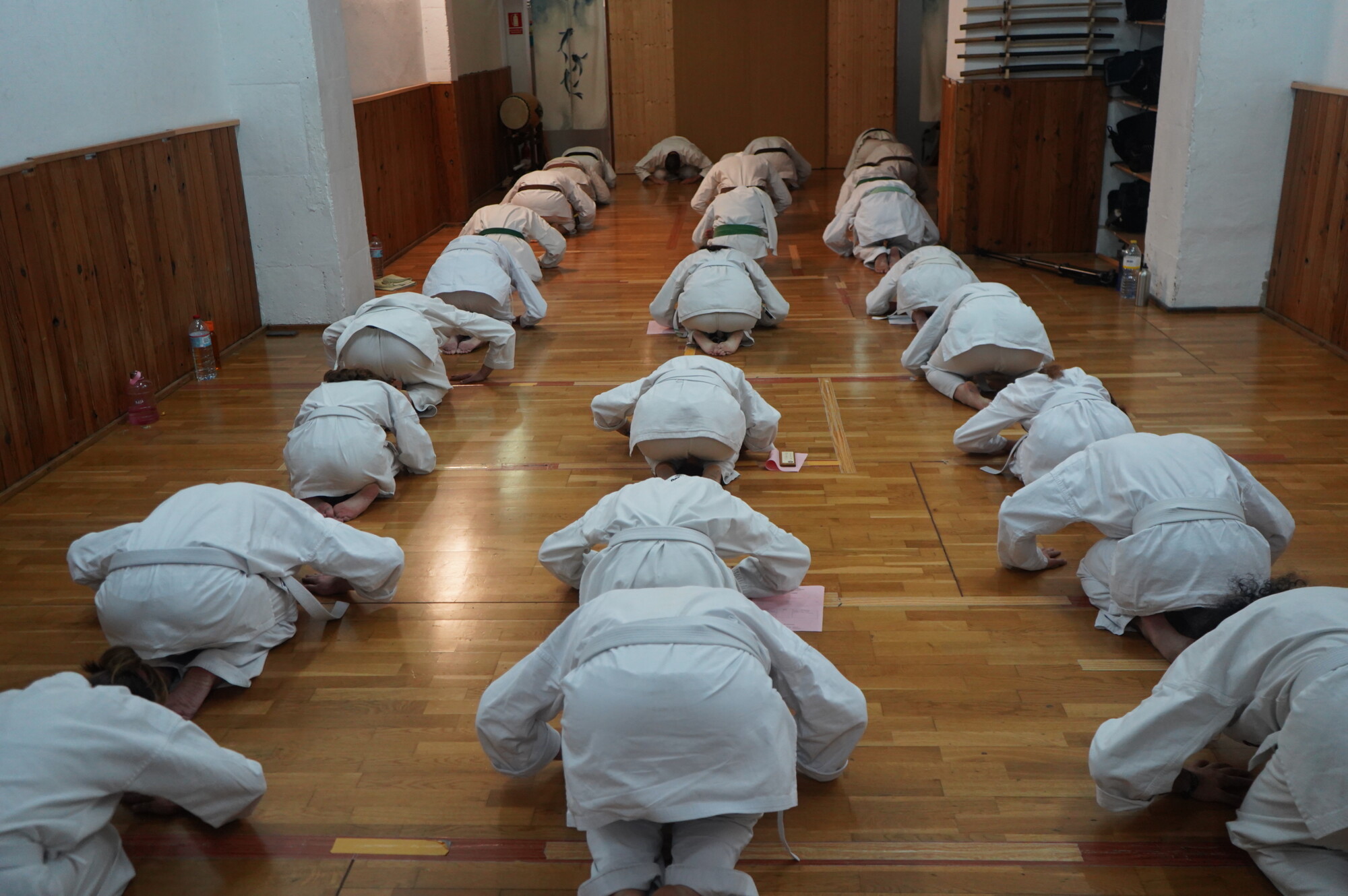
In karate, bowing is called “rei” (pronounced “ray”) and is an essential part of the etiquette and respect shown in the dojo. The process of bowing in karate typically involves the following steps:
- Seiza: Before bowing, students often sit in seiza, which is a formal kneeling position. To perform seiza, kneel down with your legs tucked underneath your body, and your feet crossed, with the top of your feet flat on the ground.
- Zarei: From seiza, you perform zarei, which is a seated bow. Place your hands on the floor in front of your knees, and lower your upper body forward until your forehead nearly touches the ground. Keep your back straight and your eyes lowered.
- Ritsurei: Ritsurei is a standing bow. To perform ritsurei, stand with your feet together, your hands at your sides, and your eyes facing forward. Bend forward at the waist to about a 30-45 degree angle, keeping your back straight and your eyes lowered.
- Shomen-ni-rei: This is a bow directed towards the front of the dojo, often towards a picture of the style’s founder or a religious symbol. Perform ritsurei facing the front of the dojo.
- Sensei-ni-rei: This is a bow directed towards the instructor. Perform ritsurei facing the instructor.
- Otagai-ni-rei: This is a bow directed towards fellow students. Perform ritsurei facing your training partners.
Bowing is performed at the beginning and end of each class, as well as before and after partnered exercises. The depth and duration of the bow may vary depending on the situation and the rank of the person you are bowing to. Bowing is a sign of respect, humility, and gratitude in karate and other Japanese martial arts.
The Benefits of Karate
The practice of karate offers numerous benefits, both physical and mental. On a physical level, karate provides a full-body workout that enhances strength, flexibility, coordination, and cardiovascular health. Regular training can help karateka maintain a healthy weight, improve posture, and reduce the risk of certain chronic diseases.
On a mental and emotional level, karate cultivates discipline, focus, and self-confidence. The challenges faced in training, such as mastering difficult techniques or overcoming fear during sparring, help karateka develop resilience and a growth mindset. The sense of accomplishment that comes with progress and achievement can boost self-esteem and overall well-being.
Karate also fosters a strong sense of community and camaraderie among practitioners. The dojo becomes a second home, a place where karateka can form lasting friendships, support one another, and learn from each other’s experiences. This sense of belonging and shared purpose can be especially valuable for children and youth, helping them develop social skills and a positive sense of self.
The Globalisation of Karate
Over the past century, karate has spread from its birthplace in Okinawa to become a global phenomenon. Today, karate is practiced in almost every country around the world, with millions of practitioners of all ages and backgrounds.
The globalisation of karate has led to the development of various styles and organisations, each with its own unique approach to the art. Some of the most well-known styles include Shotokan, Goju-ryu, Shito-ryu, and Wado-ryu, each with its own distinct techniques, kata, and teaching methods.
Despite these differences, all styles of karate share a common lineage and a commitment to the core principles of the art. This unity in diversity is a testament to the enduring appeal and relevance of karate in the modern world.
Karate in the Olympics
In recent years, karate has gained even greater recognition on the international stage, culminating in its inclusion as an Olympic sport for the first time at the 2020 Tokyo Games. This milestone represents a significant moment in the history of karate, as it showcases the art to a global audience and provides a platform for the world’s best karateka to compete at the highest level.
The Olympic karate competition features two main events: kata and kumite. In kata, athletes perform a series of predetermined techniques, demonstrating their form, power, and control. In kumite, athletes spar against each other in weight-based divisions, earning points for successful strikes and kicks.
The inclusion of karate in the Olympics is a testament to the hard work and dedication of generations of karateka who have kept the art alive and thriving. It also serves as an inspiration for future generations, encouraging them to embrace the values of discipline, respect, and perseverance that are at the heart of karate.
A Lifelong Journey
For those who embark on the path of karate, it is a lifelong journey of self-discovery and growth. The lessons learned on the dojo floor – perseverance, humility, and the pursuit of excellence – extend far beyond the realm of martial arts, influencing every aspect of a practitioner’s life.
As karateka progress in their training, they develop not only physical prowess but also mental and emotional strength. They learn to face challenges with courage, to overcome setbacks with determination, and to treat others with respect and compassion. These qualities, honed through years of dedicated practice, become an integral part of a karateka’s character.
In many ways, the practice of karate is akin to the art of crafting a fine Japanese knife, such as those created by the skilled artisans at Oishya. Just as a blade is forged through a process of heating, hammering, and tempering, a karateka’s spirit is forged through the trials and triumphs of training. And just as a well-crafted knife becomes an extension of its user’s hand, karate becomes an extension of a practitioner’s being, a tool for navigating the challenges of life with grace and strength.
The Way Forward
As karate continues to evolve and adapt to the changing times, its core principles remain as relevant as ever. In a world that often feels divided and uncertain, the values of respect, discipline, and compassion that are central to karate offer a beacon of hope and a path to understanding.
By embracing the art of karate, practitioners not only strengthen their bodies and minds but also contribute to building a more peaceful and harmonious society. Through the practice of kata, kumite, and kihon, karateka cultivate the skills and character needed to become leaders, role models, and agents of positive change.
As the global karate community looks to the future, there is a sense of excitement and possibility. With its inclusion in the Olympics and its growing popularity around the world, karate is poised to reach new heights and touch even more lives. At the same time, there is a deep commitment to honouring the art’s rich history and traditions, ensuring that the essence of karate is preserved for generations to come.
In the end, the true power of karate lies not in the techniques themselves but in the transformative effect they have on those who practice them. Through the art of karate, individuals discover the strength, resilience, and wisdom that have always been within them, waiting to be unleashed. And with each step on the dojo floor, they move closer to realising their full potential, both as martial artists and as human beings.
As the great karate master Gichin Funakoshi once said,
“The ultimate aim of karate lies not in victory or defeat, but in the perfection of the character of its participants.”
This timeless wisdom serves as a reminder that the true essence of karate is not found in the medals won or the belts earned, but in the journey of self-discovery and growth that each practitioner undertakes.
In a world that often places value on external achievements and material success, karate offers a different path – one that prioritises inner strength, integrity, and the pursuit of personal excellence. By following this path, karateka not only transform themselves but also inspire others to do the same, creating a ripple effect of positive change that extends far beyond the walls of the dojo.
As we move forward into an uncertain future, the art of karate remains a beacon of hope and a source of inspiration for all those who seek to cultivate the best within themselves. Through the practice of this ancient and beloved martial art, we can find the courage, compassion, and wisdom needed to navigate the challenges of our time and create a brighter tomorrow for all.










